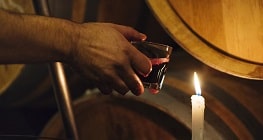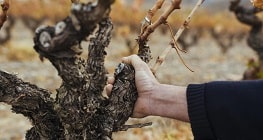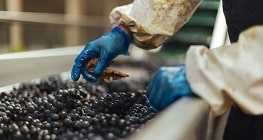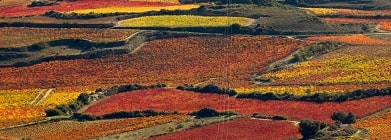To achieve this goal of maximum assurance, as befits its status as a Spanish Calificada Designation of Origin, in addition to applying rigorous standards to grape production and winemaking, control is extended to the marketing stage as well.
Generally, the control systems established by most designations of origin are limited to the grape growers and wineries located within their territory, without regular controls of the market outside their borders with respect to possible illegal actions by external agents. One of Rioja’s exclusive control measures consists of taking monthly samples of Rioja wines at point of sale, both in the Spanish market and abroad. The samples are examined by the Control Board Technical Service, which checks both the product characteristics and the authenticity of the back labels or seals on the bottles.
State-of-the-art technologies allow the Control Board to check the authenticity of guarantee back labels with security features, like the Rioja Trustseal, that make it easy to prevent and identify any illegal use of the Rioja brand, making such practices very unlikely.


















